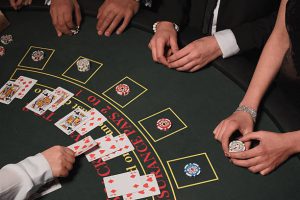
While most regular players know basic strategy, it’s been shown that several common hands are often misplayed under the stress of an actual game. To make sure your game is at that higher level, you’ve got to avoid the pitfall of making the wrong play because of “a gut feeling.”
The most common misplayed hands are:
- 12 vs. 3 up
- 16 vs. 7 up
- 11 vs. 10 up
- A/3 vs. 3 up
- A/7 vs. 3 up
- A/7 vs. 9up
- 9,9 vs. 9 up
- 8,8 vs. 10 up
- Blackjack vs. A up
As you look at this list, it should be hard to imagine that 8,8 is misplayed because every regular player knows Aces and 8’s should always be split. However, perhaps because a player might have a big bet up, or have already lost the last few hands, they don’t want to lose “2” more bets, so they won’t split.
Or with the Blackjack bet, they feel they would rather get “some” money, (take even money) as opposed to “pushing” (receiving no money) with a dealer’s blackjack.
 You need to have complete faith in the basic strategy and that it will work out in the long run. You must remember that basic strategy is based on mathematical logic. Make sure you take the correct path based on basic strategy. The numbers do speak for themselves.
You need to have complete faith in the basic strategy and that it will work out in the long run. You must remember that basic strategy is based on mathematical logic. Make sure you take the correct path based on basic strategy. The numbers do speak for themselves.
Blackjack vs. A up – Correct play is NOT to take even money
Taking even money is identical to taking an insurance bet. If you opt for even money you’re asking the dealer to payout your blackjack at 1:1, vs 3:2. This way, if the dealer does have a blackjack, you will get paid some money instead of “pushing” with the dealer and winning no money that hand.
Unfortunately I’ve seen it time and again, a player wants any kind of money if they’ve lost the last few hands, and wants to take the sure win.
With the insurance bet usually being ½ the original bet and paying 2:1, you would at least make “even” money should the dealer have a 21. If you don’t take the insurance bet and the dealer has 21, you “push” and don’t win anything with your 21. If you take the insurance and the dealer doesn’t have blackjack, you lose that insurance bet (half the original bet,) but are still paid 3:2 on the blackjack. However, you’re only winning even money because that extra half bet you win with the blackjack, was used for your losing insurance bet.
That is why players will take the insurance, in order to seem like they at least win something. It’s hard to watch your blackjack push when you think you should automatically be winning the hand! You have to have the mindset that a push is at better than a loss, because you don’t lose any money. Don’t be afraid to match a dealer’s 21 and push!
You have to have the mindset that a push is at better than a loss, because you don’t lose any money. Don’t be afraid to match a dealer’s 21 and push!
You must realize that, on average, the dealer will have blackjack with you only four out of thirteen times. So, more often than not, you will win your 3:2 bet, as opposed to taking even money or insuring. The other four times you will tie, not lose any money at all. Insurance is a sucker bet for the most part, which is why casino’s offer it!
A/7 vs. 9up – Correct play is to hit
Here is one time that assuming the dealer’s down card is a ten should help you make the correct play. If you think the dealer has 19, you know an 18 won’t win, so go ahead and take the hit. There is no way you can bust with one more card. It’s been figured out that you will win nine out of twenty times if you hit to a hard 17, soft 19, or better. If you stand with the soft 18, you’ll win eight out of twenty times. So, do you give yourself eight chances or nine chances to win, the choice is yours!
A/7 vs. 3up – Correct play is to double
Many players feel that the soft 18 is strong here because the dealer stands a great chance of busting. It’s been calculated that standing with this hand wins 58% of the time, however, doubling down on this hand wins 55% of the time. So for only a 3% drop in your chance of winning, making double on a single hand is worth the risk. 
A/3 vs. 3up – Correct play is to hit
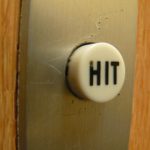 What makes the difference here to just a regular hit is that basically Ace/”small” vs. dealer’s “small” is considered a bad double. If you hit this hand, the advantage is still slightly on your side, however, if you double, the odds drop to 50/50, making it a bad choice. There are plenty of soft hands that are good for doubling, but this isn’t one!
What makes the difference here to just a regular hit is that basically Ace/”small” vs. dealer’s “small” is considered a bad double. If you hit this hand, the advantage is still slightly on your side, however, if you double, the odds drop to 50/50, making it a bad choice. There are plenty of soft hands that are good for doubling, but this isn’t one!
11 vs. 10up – Correct play is to double
This hand is often misplayed by merely hitting, because players fear the assumed 10-count hole card. Once again, through proven stats, you’ll hit a 20 or 21 more often than the dealer will have 20. Remember, it’s more likely than not, that the dealer’s hole card is less than 10. It’s been figured out that you win six out of eleven times if you double down on this hand.
16 vs. 7up – Correct play is to hit
Here again, if you assume that the dealer’s hole card is a 10, you have to hit for any chance at winning. Players will stand with 16 because of the fear of busting. They fear the bust and all of a sudden want to hope that the dealer has anything but a 10-count. Of course that’s totally backwards logic.
With a 7up, the dealer will bust only 3% more often than with a 10up. (26% vs. 23%) The player’s chance to bust remains the same with either dealer up card. If you think about the fact that you have many more cards that won’t bust you, as opposed to the number of cards that will bust you, it should make you more comfortable to take the hit.
12 vs. 3up – Correct play is to hit

This hand is probably the most misplayed hand in blackjack. Once again, beginner player’s assume the 10 hole card and feel, “better to let the dealer bust than me!” But if you think about the fact that there are only 4 cards that will bust you, and 5 cards that give you at least 17, making the correct choice of hitting should be easier.
The dealer’s 3 against your 12, is not as weak as you might initially think. If the dealer has a 10-count in the hole, only a 9 or 10 will bust him. With a 4, 5 or 6, the dealer’s chance of busting is increased significantly, so standing with a 12 is correct.
The dealer will make a hand five out of eight times, with a 3up. Your chance of hitting to a 17 or better against a 3, is a little bit better than standing. 
Final Thoughts
The professional blackjack player won’t misplay the above hands. They are often misplayed by the regular player, who knows the right move, but misplays under a pressure situation. It’s hard to have the discipline to play the correct strategy if the cards are not particularly running in your favor. However, that is exactly the time to make sure you are playing correctly. Don’t let the pressure of the situation have you making a bonehead play. Trust that the basic strategy, based on mathematical analysis, will give you the right pieces to complete that profit puzzle!

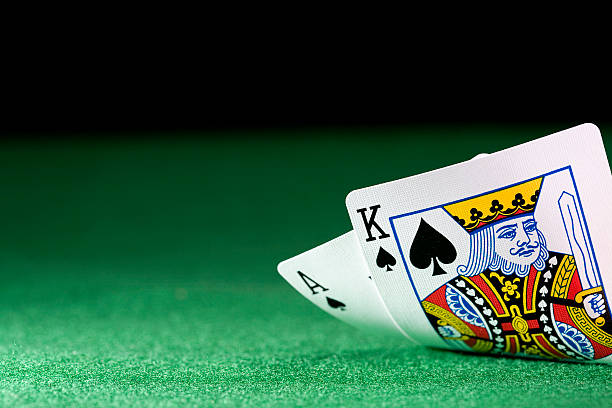
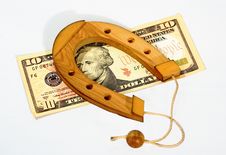




/120x60px_VEGASONLINE_500sparks.gif)
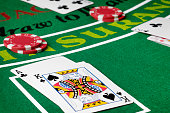
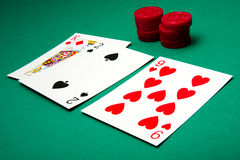





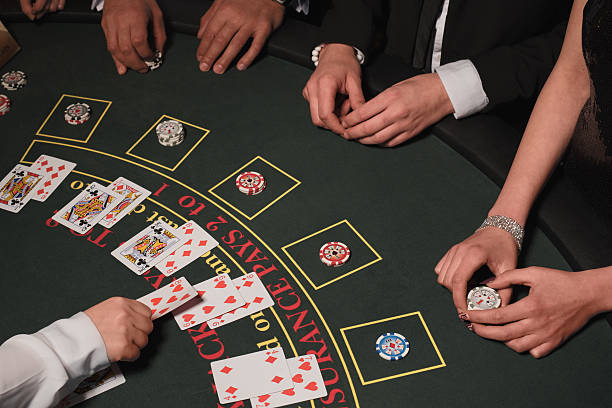






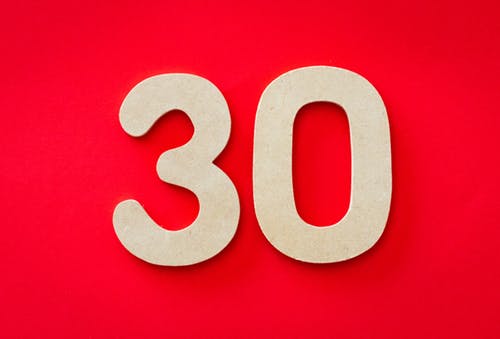
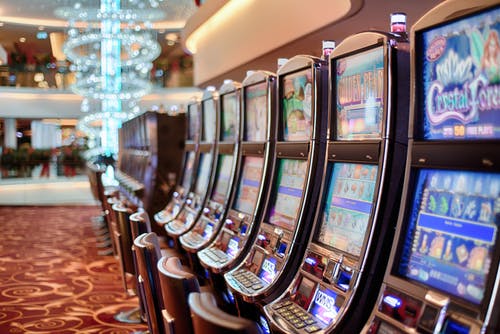
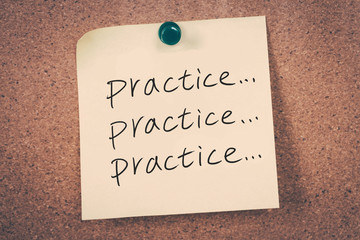





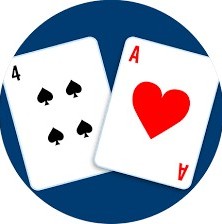 Probably the most misplayed hands in blackjack are the soft hands. The casual player gets easily baffled about when to hit or double.
Probably the most misplayed hands in blackjack are the soft hands. The casual player gets easily baffled about when to hit or double.
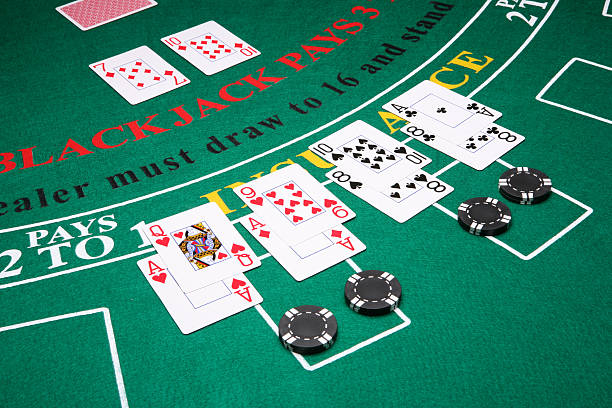

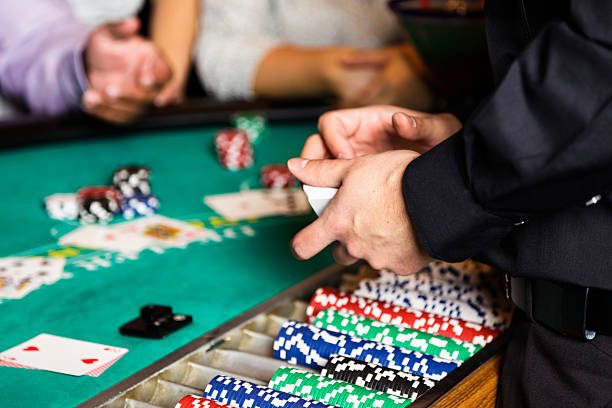


 You need to have complete faith in the basic strategy and that it will work out in the long run. You must remember that basic strategy is based on mathematical logic. Make sure you take the correct path based on basic strategy. The numbers do speak for themselves.
You need to have complete faith in the basic strategy and that it will work out in the long run. You must remember that basic strategy is based on mathematical logic. Make sure you take the correct path based on basic strategy. The numbers do speak for themselves.  You have to have the mindset that a push is at better than a loss, because you don’t lose any money. Don’t be afraid to match a dealer’s 21 and push!
You have to have the mindset that a push is at better than a loss, because you don’t lose any money. Don’t be afraid to match a dealer’s 21 and push!

 What makes the difference here to just a regular hit is that basically Ace/”small” vs. dealer’s “small” is considered a bad double. If you hit this hand, the advantage is still slightly on your side, however, if you double, the odds drop to 50/50, making it a bad choice. There are plenty of soft hands that are good for doubling, but this isn’t one!
What makes the difference here to just a regular hit is that basically Ace/”small” vs. dealer’s “small” is considered a bad double. If you hit this hand, the advantage is still slightly on your side, however, if you double, the odds drop to 50/50, making it a bad choice. There are plenty of soft hands that are good for doubling, but this isn’t one!


